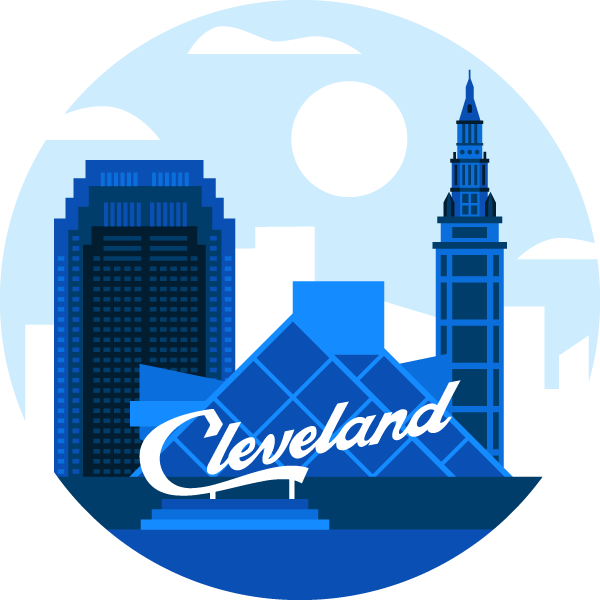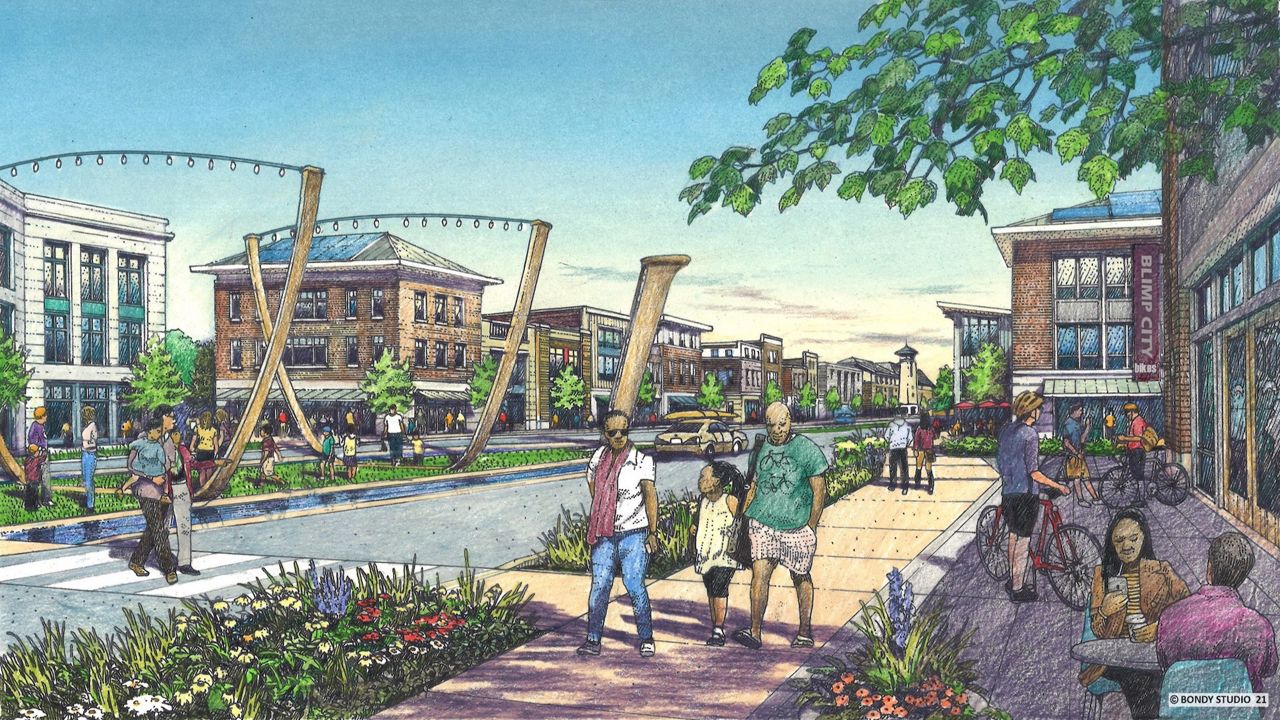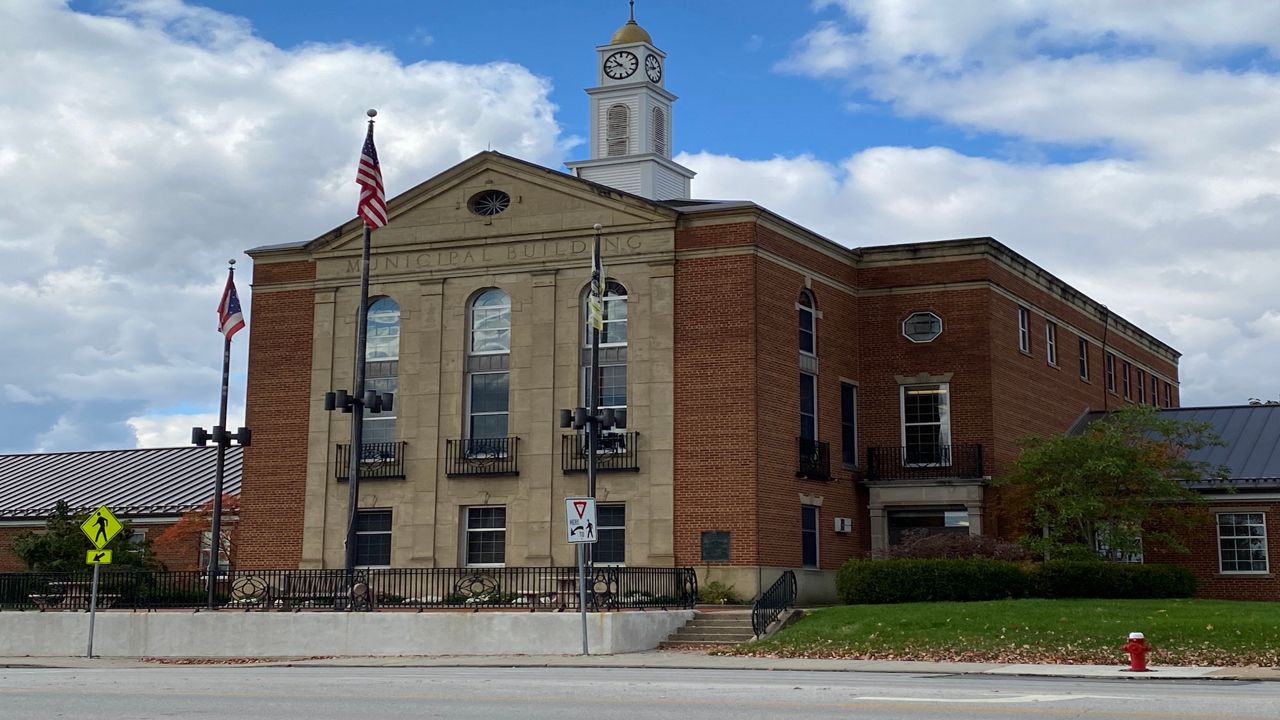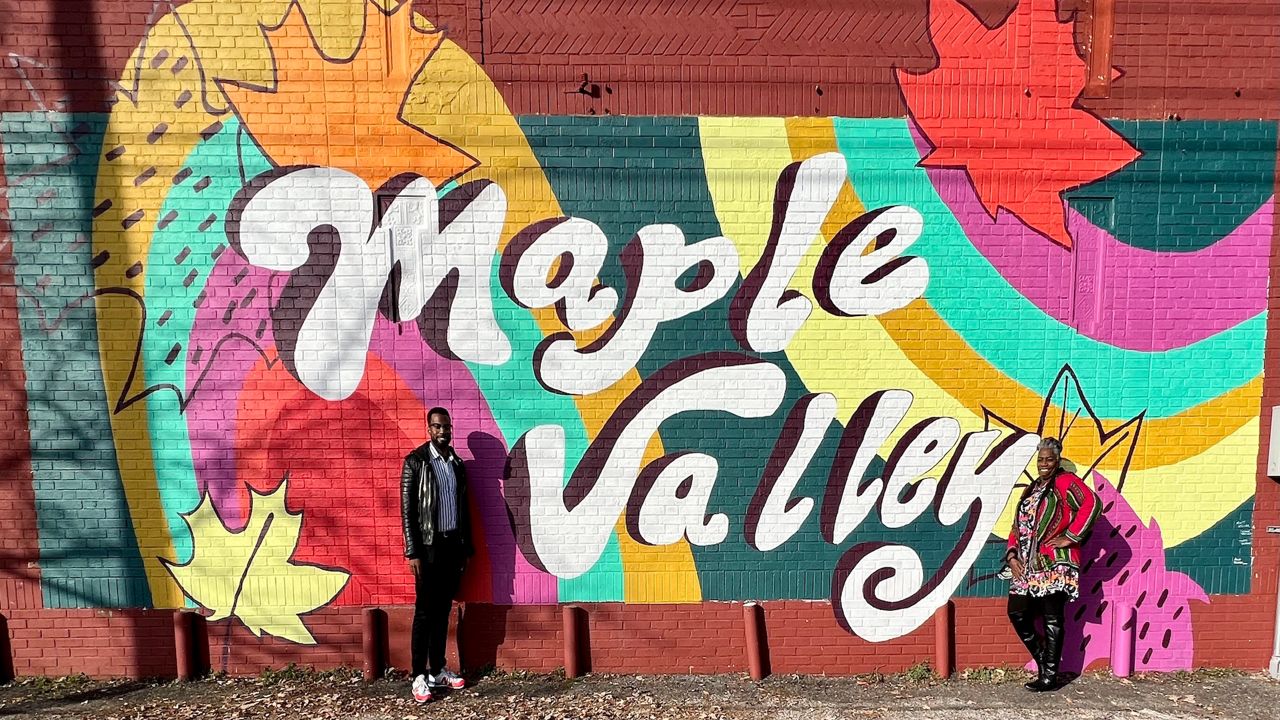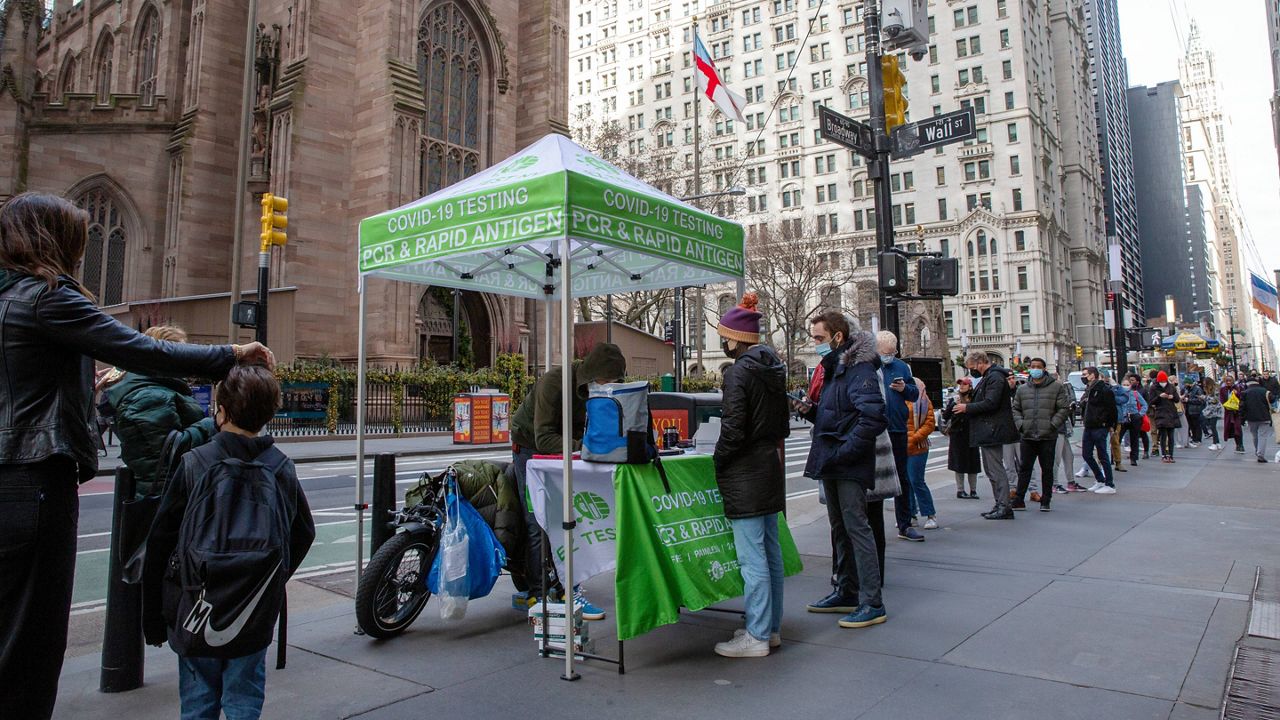AKRON, Ohio — A long-awaited draft of a master plan to guide responsible future development around the Cuyahoga Valley National Park is now public.
Akron and Cuyahoga Falls officials and urban designers came together Wednesday night to virtually present a draft of the Merriman Valley/Schumacher Area Master Plan, which they say will continue to be shaped, in part, by community input.
With more than 200 attendees online, Farr Associates’ principal Doug Farr outlined a multi-faceted approach to residential and commercial development within a 1,097-acre area around the southern border of the park.
“It challenged us to the nth degree, because the Cuyahoga Valley has every planning challenge and every planning opportunity,” Farr said. “I think what you'll see is our best efforts in a lot of categories where we had to stretch to invent new tools and invent new thinking on how to kind of address the unique opportunities here in the valley.”
The planning area includes the Merriman Valley neighborhood in Akron and the Schumacher area of Cuyahoga Falls. Each city also hosts a significant “node” of entry into the national park area, where much of the valley’s existing development is centered.
The plan focuses on four aspects of development:
- land use, including changes to the zoning code
- transportation systems, such as streets, trails, sidewalks and river access
- environmental considerations through conservation neighborhoods, habitat corridors and riparian setbacks
- development and redevelopment scenarios
The draft encompasses input gathered from surveys and during several charettes and public meetings held over the past year.
The citizen group Preserve the Valley has championed for the plan for years, looking to ensure the valley has environmentally and economically sound development.
Prior to the planning process, members of Preserve the Valley spoke publicly in both cities against residential developments citing density, design and proximity to the Cuyahoga River.
The group formally united in 2020 in response to the proposed sale by the city of Akron of a large, wooded property on Theiss Road, adjacent to the national park.
Preserve the Valley now has more than 1,000-members, and yard signs are displayed across the county.
“We were partially encouraged,” said Preserve the Valley co-founder Drew Holland of the draft plan. “We’ve got a long way to go.”
Among the aspects of the draft plan the group supports is an emphasis on protecting the valley’s natural landscapes, which Farr said was expressed by the majority of residents surveyed during the planning process.
That protection aligns with Preserve the Valley’s main edict, first do no harm to the valley’s assets, Holland said.
“This is the single greatest opportunity to actually grow our population in the last 80 to 100 years so let's not destroy the only unique differentiator for talking about marketing the area,” Holland said. “Our unique differentiator is Lake Erie, which has been progressively getting better, and the Cuyahoga Valley that draws 2.8 million people a year now, generating $80 million in activity. It's only going to grow if we don't kill it.”
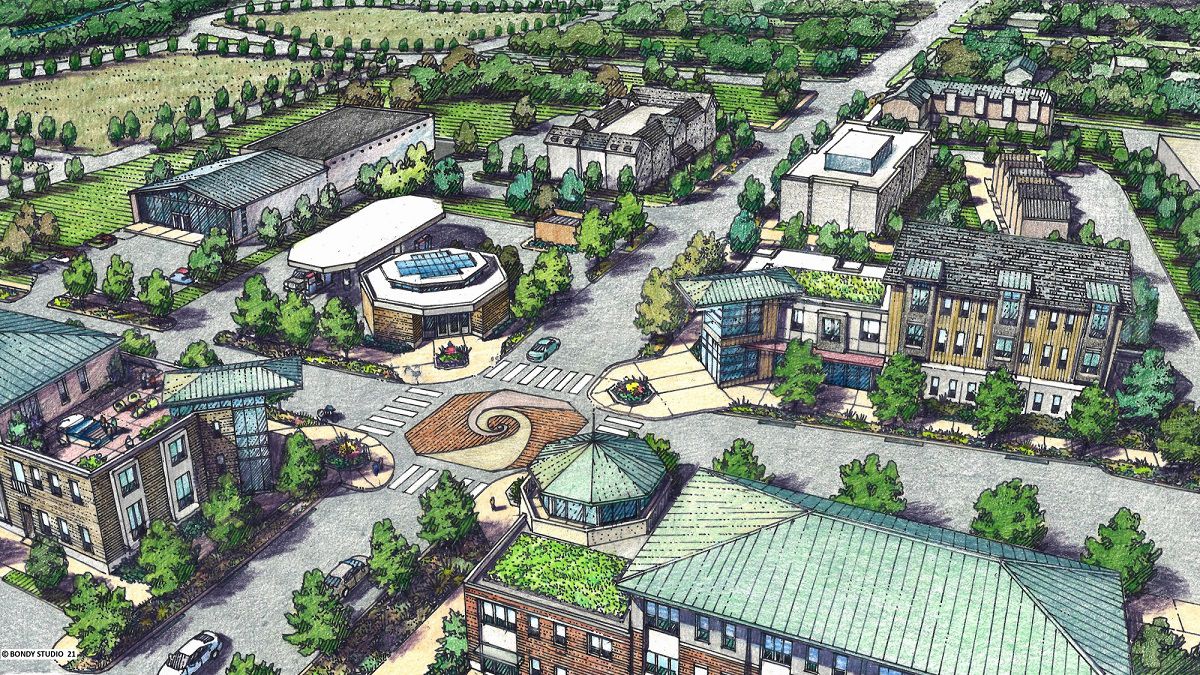
Another feature of the plan the group is optimistic about is the emphasis on “high-performance development,” which encompasses smart water runoff, low energy consumption, Dark Sky principles of responsible lighting and other conservation aspects of development, Holland said.
But for high-performance development to be more than “words on a page,” Holland said, it will have to be codified in Akron’s and Cuyahoga Falls’ zoning and building codes.
According to Farr, the planners will work through updating city codes for the plan in 2022, keeping communication open with residents.
Farr said surveys revealed that the majority of residents want the municipalities to stay involved during development, not only by adopting regulations and providing incentives to developers, but in some cases to participate as developers.
“What we do have the opportunity to do is to have regulations that guide the development that actually can be quite strict in some respects, but in other respects can enable a property owner to get some economic benefit,” Farr said. “But we also have a neighborhood that looks great, and feels great. I think in the end, that's really what we're going for here.”
Farr also discussed the inclusion of form-based code in the plan, which Preserve the Valley also wants applied to development, Holland said.
“That zoning code in particular cares about the form of the buildings, like how the architecture of the buildings looks,” Farr said. Form-based code would require design that complements the environment a structure is built into, from building materials to features like type and number of windows and the structure’s physical positioning within the landscape, he said.
To that end, Farr’s group wants to differentiate the park entrance through its built environment because the park amenities — the Cuyahoga River and hiking trails — do not rise from the skyline in mountainous peaks like out West, he said.
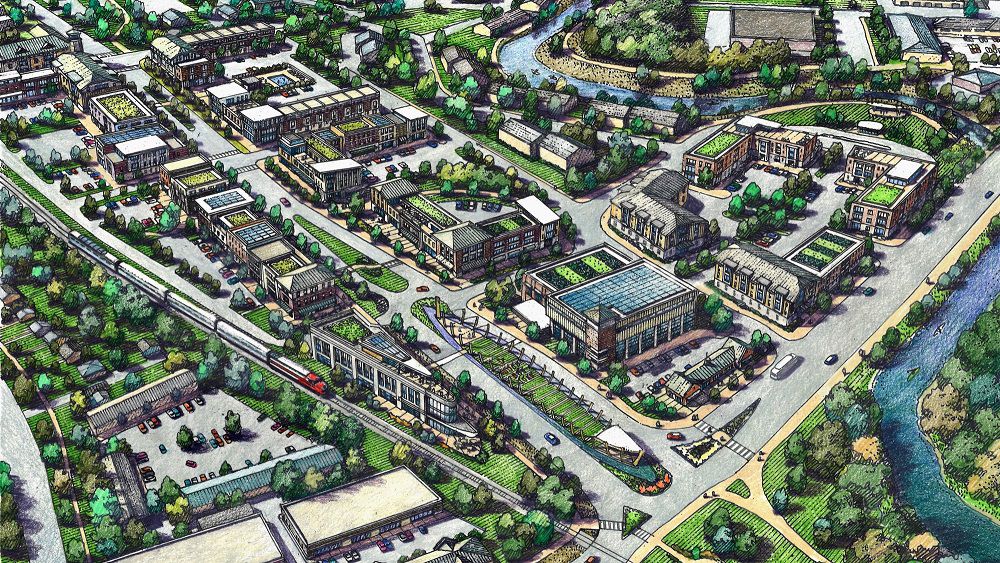
“I want to put you in the mindset of innovation and trying things that haven't been tried before, and competing nationally with the Rocky Mountains and the Tetons,” he said. “What is it we have that will draw people and get them to stay here in the valley?”
One way is to build the world’s largest interactive canoe as conceptual art at the Akron entrance for outdoor activities like concerts or yoga, he said. A 50-foot set of paddles could be constructed at Cuyahoga Falls entrance, signaling water recreation. A new depot for the Cuyahoga Valley Scenic Railroad also could be built near one of the entrances, Farr proposed.
Farr’s group also presented ideas for the layout of mixed residential and commercial development, which, through design, could reduce traffic congestion while optimizing green areas and the overall aesthetics of the valley. Renderings showed some buildings designed with a barn-like shape.
One aspect of valley development Holland said needs to be addressed by the plan is the watershed. Akron and Cuyahoga Falls are not part of the Summit County Stormwater Management District, which he called “low-hanging fruit.”
“If they're talking about the valley, one of the things we have to do is protect the watershed as well and that's to the good of everybody,” he said.
Preserve the Valley will also continue to push for more open dialogue with citizens as the plan moves forward, as opposed to structured surveys or public comments, he said.
“If it's just a survey, that's not much of a dialogue, you know, that's a controlled conversation again,” he said. “If it stays buttoned up like that, that's not real good transparency.”

